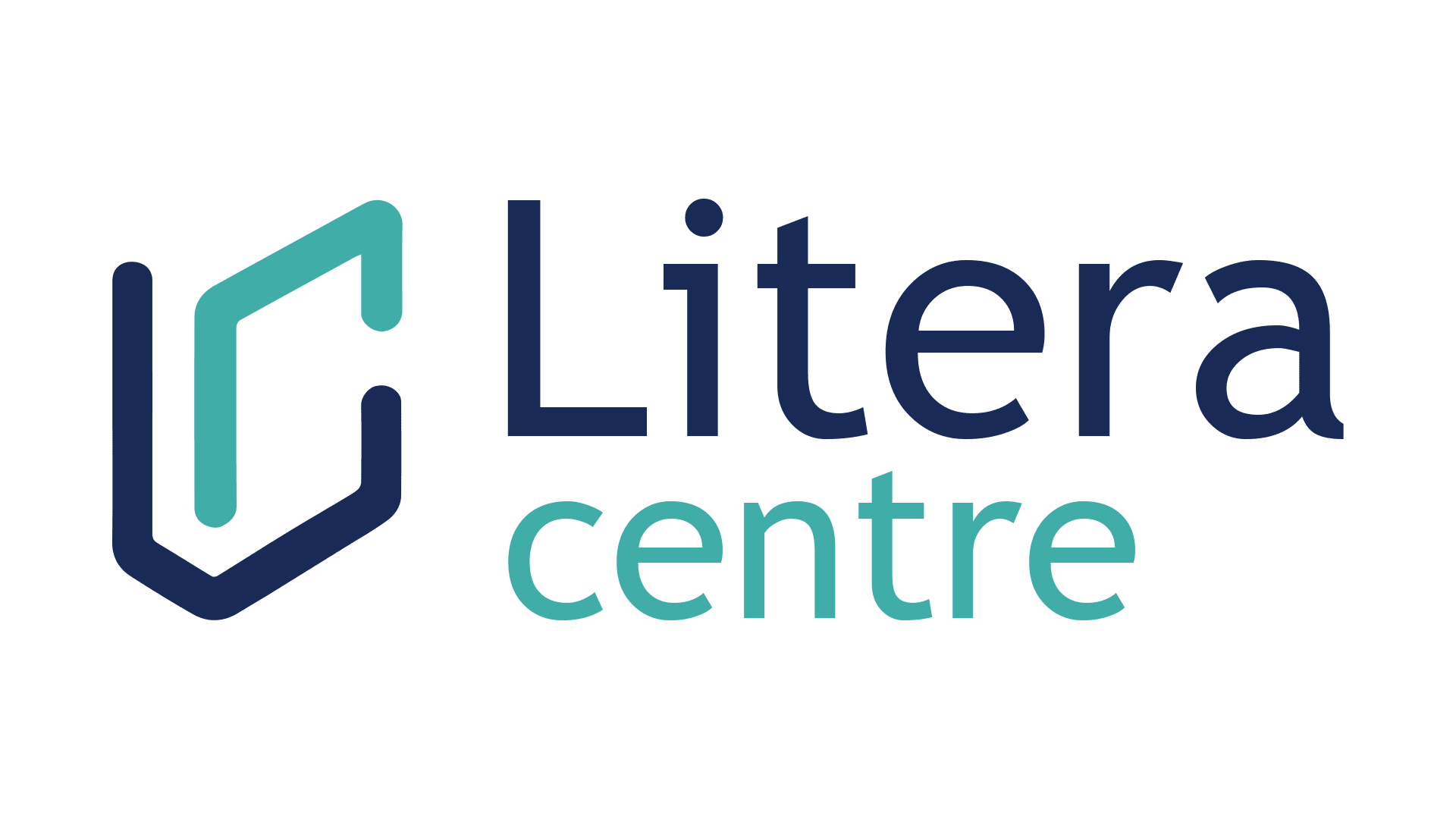Canada is known worldwide for its high-quality education system. But what makes the Canadian curricular system a global leader? How does its educational system compare to others, and what opportunities and challenges await enthusiastic students? This article examines Canada’s educational system through these intriguing questions.
The Structure of the Canadian Curriculum System:

Unlike many other countries, Canada lacks a national education system. Instead, each of the 10 provinces and three territories develops a curriculum and decides significant education policies and initiatives.
Content, requirements, and evaluation methods vary nationwide. The Canadian curriculum has several shared goals and elements.
1. Decentralized Educational Authority:
Canada’s decentralized educational system is unique. Instead of a national education system, each of the 10 provinces and three territories develop curricula and significant education policies. This method offers regional flexibility to meet each province and territory’s needs and culture. However, content, standards, and testing techniques vary across the country.
2. Common Features and Unifying Goals:
Despite regional differences, the Canadian curriculum has common goals and elements. These elements weave the nation’s education together. Canada promotes a unified education system while recognizing regional autonomy.
3. Compulsory Education and Age Requirements:
Education is mandatory in Canada from six to 16 or 18, depending on the province or territory. This law assures students receive foundational education for a vibrant future. Canada promotes early learning and guarantees education for all children by defining age criteria.
4. Three Levels of Education:
Canadian education has three levels: elementary, secondary, and post-secondary (colleges, universities, and vocational schools). Each level builds on the next, giving pupils a well-rounded education that prepares them for future careers.
5. Public and Private Education Landscape:
Private schools in Canada charge tuition, while most education is government-funded. This duality gives families and students many educational options, responding to individual interests and creating a vibrant and diversified academic ecology.
6. Bilingual and Multilingual Education:
Canada educates in English and French. This commitment to linguistic diversity enhances students’ cultural and language awareness. Many schools provide bilingual or immersion programs, encouraging multilingualism and multiculturalism. Some schools celebrate global communication by teaching Indigenous or foreign languages.
7. Inclusive Education and Equity:
Canadian curriculum values diversity, equity, and human rights. Canada prioritizes an inclusive learning environment. This includes unique programs and services for special needs, gifted, newcomer, Indigenous, and other pupils. Canada creates a sense of belonging for all learners through empathy and understanding.
The Quality of the Canadian Curriculum System:
The Canadian curriculum is renowned worldwide for its quality and excellence. Canada routinely performs well in prominent international examinations like the Programme for International Student Assessment (PISA), which assesses 15-year-old students in reading, math, and science.
Canada placed sixth out of 79 nations and regions in the 2018 PISA rankings, scoring 520 compared to the OECD average of 487. Their curriculum quality is due to numerous things.
- First, each province or territory has stringent academic standards and assessment frameworks based on academic excellence. Focusing on high standards improves education.
- Second, Canadian teachers are highly skilled and professional. Teachers have a lot of freedom to tailor instruction and assessment to their student’s needs and interests because of their training, qualifications, and community assistance.
- Canada’s government-driven education spending is enormous. Canada spent 6% of its GDP on elementary, high, and post-secondary non-tertiary education in 2016. The nation’s financial commitment to educational excellence exceeded the OECD average of 5%.
- Finally, teamwork and innovation drive the Canadian curriculum. Educators, students, parents, communities, researchers, policymakers, and others collaborate to improve education. Success stories include exchanging best practices, researching, generating new programs or resources, and engaging in professional development across jurisdictions and sectors.
Unlocking a World of Opportunity: The Benefits of Studying in Canada:
Students seeking lucrative academic or career paths can benefit from studying in Canada. Access to a world-class education system with a wide range of programs and certificates in many subjects and levels of study is a significant benefit.
1. World-Class Education:
Canadian students have many academic options. Students can pursue their academic aspirations while exploring their hobbies with various programs and certificates. Canadian universities provide undergraduate and graduate studies in many subjects.
Students can also choose public or private schools, large or small campuses, urban or rural environments, and English or French education. This flexibility allows students to discover an educational environment that suits them and promotes learning.
2. Multiculturalism and Diversity:
Studying in Canada immerses you in a multicultural community. Canada values diverse cultures, languages, faiths, and ideas, fostering intercultural contact. Students learn from varied people and broaden their viewpoints. Intercultural competence helps pupils succeed in a globalized world. It transforms life by teaching empathy, understanding, and celebrating human diversity.
3. A Safe and Good Life:
Canada’s natural beauty and secure, safe environment provide students with a high quality of life. The country’s beautiful mountains and calm lakes inspire intellectual and personal growth.
Canada’s work-life balance encourages students to participate in extracurricular activities and explore the country’s culture. Students and families also feel safe in Canada. Many services and facilities promote students’ health, well-being, and safety, creating a supportive environment.
4. Innovative Learning and Academic Excellence:
Canada’s school system excels academically. Students have access to cutting-edge research and learning at top universities and professors. Critical thinking and practical application teach abilities desired in the global labor market.
The Canadian curriculum emphasizes creative learning approaches, making education dynamic and entertaining. Students learn through collaborative projects and hands-on learning.
5. Career Development and International Networks:
Canadian universities provide many professional development chances. Students can network with industry experts to get internships and co-ops. Many schools offer career services to help students find jobs after graduation. Canada’s openness to overseas students gives graduates a global perspective and boosts their job market competitiveness.
6. Supportive and Inclusive Education:
Canada’s education system supports varied learners. Disability services and accommodations ensure equitable educational opportunities for pupils. Canadian campuses also promote diversity and acceptance. Students from diverse cultural, ethnic, and socioeconomic backgrounds find a caring environment that supports growth, learning, and personal development.
Challenges of Studying in Canada: Adapting to a New Educational Landscape:
Studying in Canada is enjoyable, but students must adapt to a new educational system and culture.
1. Costly for many:
The biggest challenge is managing education and living costs, which vary depending on the province or territory of study, the institution, the program, the course length, and the student’s lifestyle.
Students must pay for tuition, books, supplies, transportation, housing, food, health insurance, and other requirements. Students may need to research scholarships, grants, loans, and work permits to cover these costs.
2. Difference in Learning Methods:
Canada’s academic standards may also differ from those of students’ native nations or prior education systems. Language proficiency examinations, academic credentials, and standardized tests are often required to enter desired programs or institutions.
Adjusting to different teaching and learning methods like lectures, seminars, labs, projects, online courses, and tests, essays, presentations, and portfolios takes time.
3. Cultural Difference:
Students must also deal with cultural differences and the emotional and social changes of moving abroad. Culture shock and homesickness may occur when students encounter new customs, values, norms, and behaviors.
For emotional well-being and integration, building new social networks with peers, instructors, host families, and community members is crucial. Resilience and support are needed to handle cross-cultural stress, loneliness, isolation, and discrimination.
So Is The Canadian Curriculum System Good?
Yes, Canadian education is well-regarded. Each province and territory develops its curriculum and education policies, creating a distinct yet unified learning environment. The system offers many programs and certifications at various levels, promoting a well-rounded education.
Canada values inclusivity, respects human rights, and supports kids with various needs. Their high education investment, competent and well-trained instructors, and commitment to collaboration and innovation helped its curriculum system succeed.
Must Read:
US vs Canada Curriculum vs European Baccalaureate: A Comparative Analysis




